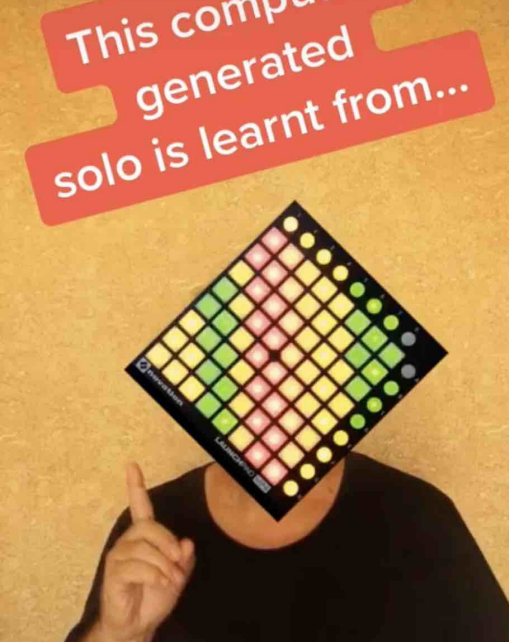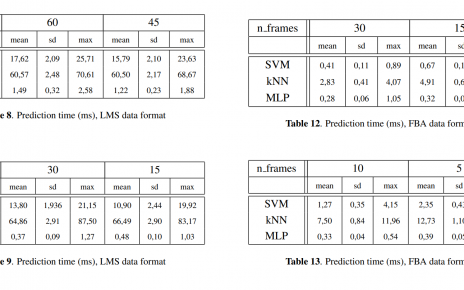Marc Chemillier (CAMS-EHESS), Yohann Rabearivelo (CAMS-EHESS), Rémi Jaylet (Télécom Paris), contact: chemilli@ehess.fr
Abstract: In this paper we present a research dealing with musical improvisation practices on TikTok as part of a project devoted to the development of a music improvisation software. Finding musicians to experiment with led us to explore the musical collaborations encouraged by the platform. The duo function appears to be one of its most important feature from this point of view. Tracking relationships between musicians who duet with each other leads to the definition of musical communities that form on the network. These online communities pose new problems to the classic ethnographic approach to communities, and their study can benefit from new methods involving web scraping techniques. This article shows how to use these techniques in the context of TikTok and analyses some properties of the graphs that can be drawn from web scraping data collected within the musical communities that are formed thanks to the duet function. Certain properties of the graph, such as source and sink nodes, are highlighted and linked to musical roles such as soloist and accompanist.
Music plays a fundamental role on TikTok, particularly through dance challenges that promote songs to dizzying levels of listening1. The music industry has recognized the importance of this phenomenon for a few years, as evidenced by Microsoft’s attempted acquisition in the summer of 2020. Communities have formed around musical practices fostered by TikTok such as the duo function that allows one to complete a pre-existing video by recording a new video placed next to it.
In this article, we present research dealing with the interactions between musicians on TikTok in the field of improvisation, and the communities that form around these practices. We are interested in the roles played by musicians in collaborations fostered by the platform, such as the creation of duets. The first part of this article describes the basic features of TikTok and gives a brief overview of some academic work on the diffusion of cultural traits within communities, on the roles identified in musical interactions and on musical collaborations on TikTok using mainly the duet
function. In the second part, we present our methodology for studying musical collaboration on TikTok using web scraping scripts we designed to explore the network of these collaborations. In the third part, we describe some properties of the graph representing this musical community. The properties of such graphs enable us to draw, from a musicological point of view, various different roles that TikTok musicians adopt in their online practice.




